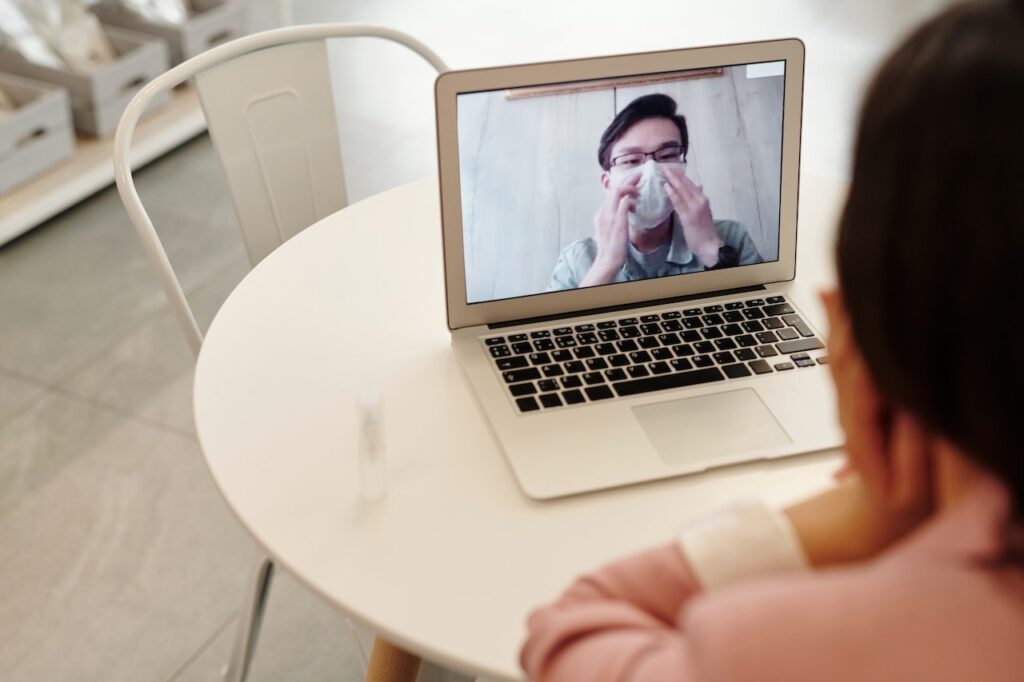Technology is being used in the fast-developing field of remote patient monitoring to keep track of patient’s health problems away from conventional healthcare settings. As a result of the development of remote patient monitoring devices, healthcare professionals can now gather crucial health information from patients in real time, enabling the early identification of potential health issues and permitting prompt actions. We will examine the operation of remote patient monitoring in this article and consider how these tools are changing how healthcare is provided.
What is Remote Patient Monitoring?
Remote patient monitoring (RPM) is remotely monitoring a patient’s health using technology. It entails using various tools and sensors to gather and transmit patient data to healthcare professionals for evaluation and decision-making. RPM increases accessibility and convenience by enabling patients to receive medical care without frequent trips to healthcare facilities.
Devices for remote patient monitoring can take many different shapes, such as wearable tech, mobile apps, and home monitoring setups. These tools are made to keep track of several aspects of a patient’s health, including heart rate, blood pressure, glucose levels, oxygen saturation, and respiration rate.
Wearable Devices: Tracking Health on the Go
The popularity of wearable patient monitoring technology has skyrocketed recently. These small, lightweight gadgets can be worn on the body and continuously track vital indicators, exercise, and sleep patterns. You can easily get your remote patient monitoring devices from authorized dealers. Advanced sensors are used to gather data, which is then wirelessly transmitted to healthcare professionals for processing.
Wearable technology such as smartwatches, activity trackers, and biosensors offer real-time data on a patient’s heart rate, blood pressure, and activity level. Medical personnel can quickly intervene as necessary to identify odd patterns or trends using this information. These tools also enable patients to manage their health by monitoring their development and making wise lifestyle decisions.
Mobile Applications: Enhancing Patient Engagement
In addition to being used for remote patient monitoring, mobile applications have become a crucial component of your daily life. Patients can remotely share pertinent data with healthcare providers using these apps to monitor their health concerns.
Mobile apps for remote patient monitoring allow users to submit and track information about their symptoms, vital signs, and medication compliance. The applications can also offer individualized reminders and instructional materials to improve patient participation and self-care. Healthcare professionals can review the data gathered, see any alarming tendencies, and provide advice or modify the patient’s treatment plan.
Home-Based Monitoring Systems: Bridging the Gap
Due to home-based monitoring equipment, patients can monitor their health from the comfort of their homes. A central hub or smartphone app can connect these systems’ components, which frequently include blood pressure monitors, glucose meters, pulse oximeters, and weight scales.
Healthcare professionals receive the information securely from these devices to review it and make the proper medical interventions. Patients with chronic diseases benefit most from home monitoring systems since they enable ongoing monitoring and early detection of deviations from the norm.
Data Transmission and Analysis: Ensuring Accurate Diagnosis
Data transmission and analysis are two important aspects of remote patient monitoring. Using different communication routes like Wi-Fi, Bluetooth, or cellular networks, the data gathered by the remote patient monitoring devices is safely communicated to healthcare providers.
Healthcare professionals use cutting-edge analytics tools and algorithms to examine the data when they receive it. These tools can recognize trends, find anomalies, and produce alerts for more analysis. This makes it possible for medical practitioners to diagnose patients correctly, track how well treatments work, and make prompt interventions, all improving patient outcomes.
Ensuring Privacy and Security: Safeguarding Patient Data
When it comes to remote patient monitoring, privacy and security are crucial. Due to the electronic transmission of patient data, strict security protocols must be in place to safeguard the privacy and confidentiality of personal health data.
To protect patient data, healthcare companies must establish strong security measures and abide by strict data protection laws. Some procedures used to maintain the privacy and security of remote patient monitoring data include encryption methods, safe data storage, user authentication, and frequent system audits.
Conclusion
The ability to continuously monitor patients and identify potential health problems early on transforms healthcare. Patients can actively participate in their healthcare using wearable technology, smartphone applications, and home-based monitoring systems. These tools also give healthcare professionals crucial information for precise diagnosis and prompt intervention. Technology advances will significantly improve the capabilities of these gadgets as remote patient monitoring continues to develop.


